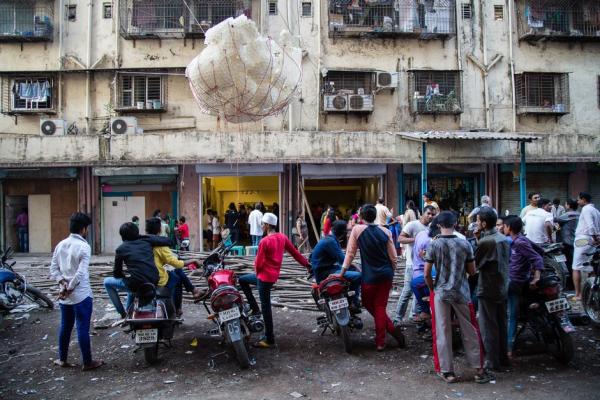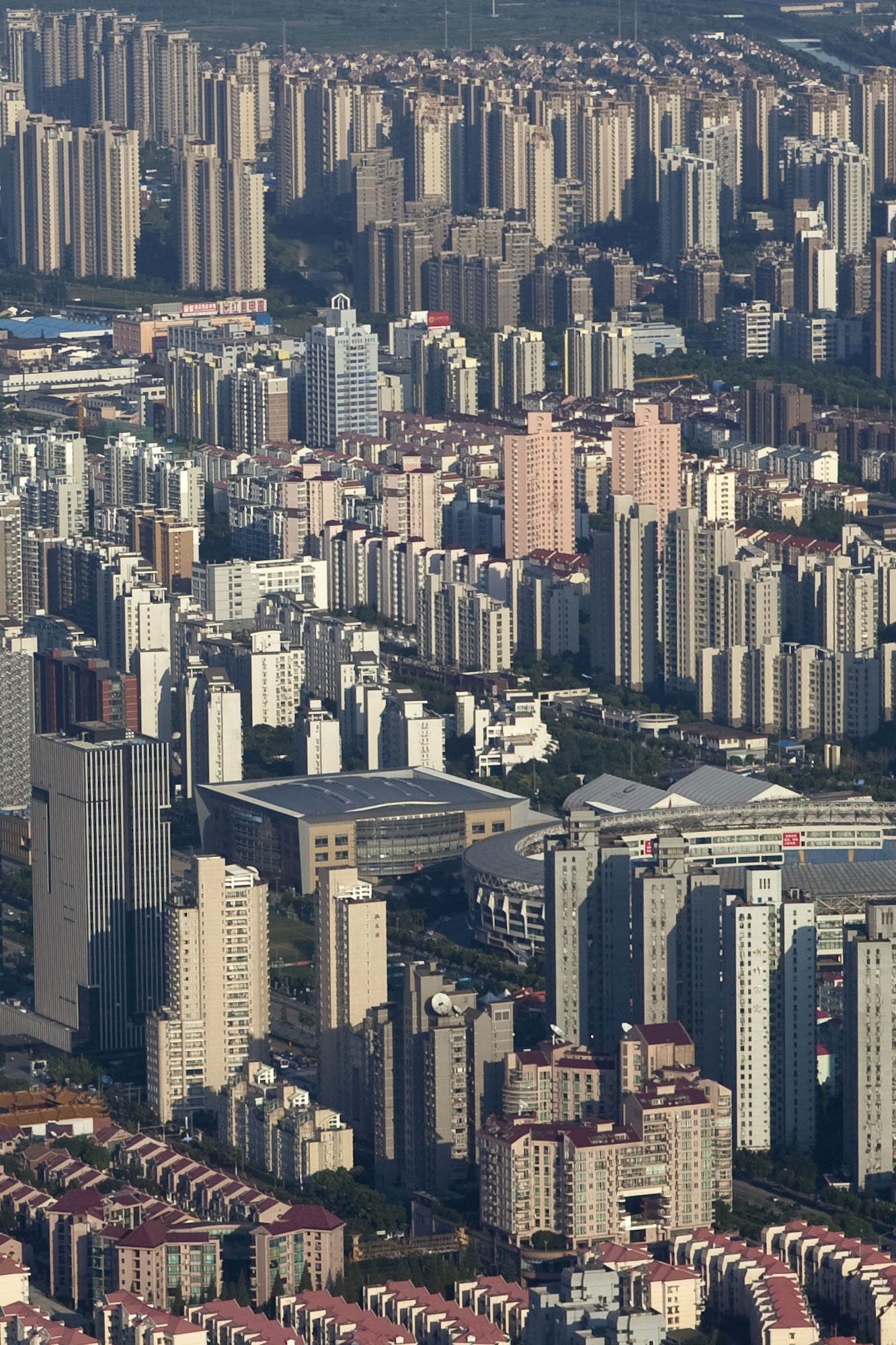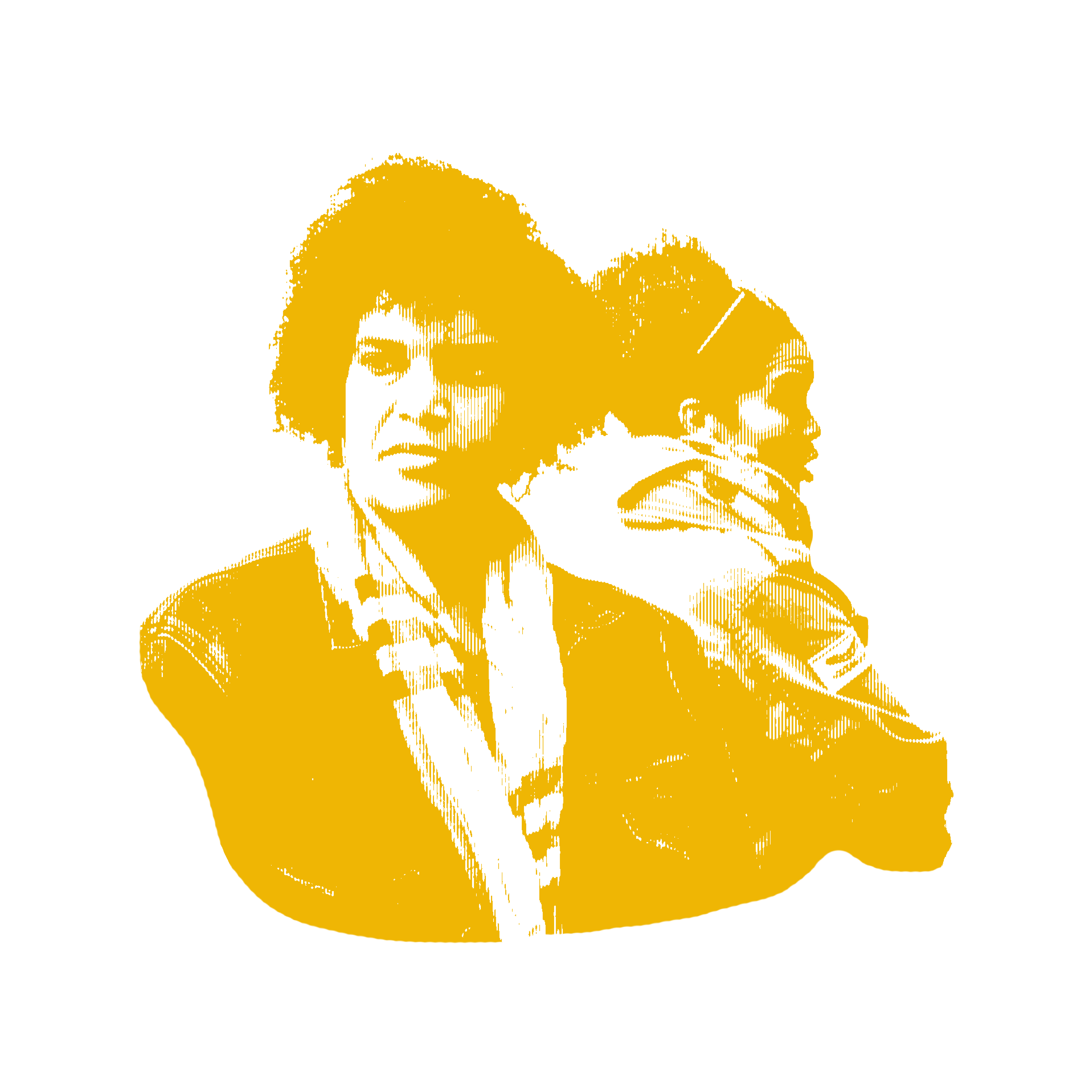Urban is the new norm, and as many cities expand in the developing world, so do their slums. Nowhere is this more apparent than Dharavi, the largest and most renowned informal settlement in Mumbai. Home to up to 1 million people according to some estimates, it's widely considered the densest urban habitat on the planet. It also lacks the most basic public services.
The future of the neighborhood, amid India's drive for "smart cities," is up in the air. Rather than rehabilitating and integrating the slum while taking into account the needs of residents, the state and municipal government are trying to appropriate and clear out their land for redevelopment.
Dharavi, which is represented by a member of Parliament in the central legislature and six representatives in the state assembly, continues to resist a cabal of politicians and developers. Once a fishing village on the periphery of Mumbai, Dharavi was swallowed by the city in 1956 and now sits on some of its most valuable land near a new business district and between two major railway lines. But one of the only low-income residential towers constructed as part of a wide-scale, decade-old redevelopment effort remains vacant as the city's housing authority determines the list of eligible residents.
Other efforts to implement infrastructure improvements also languish as developers and real estate speculators vie for approval to simply bulldoze the neighborhood. The rhetoric of how to handle "slum" reform is mired by private interests.
But there is an empowering discourse emerging from the ideological gridlock over the future of Dharavi. A growing movement within the activist and urbanist community is trying to dispel the onerous "slum" classification in order to emphasize that Dharavi, among many other slums, are also incubators of enterprise and community. To give recognition to the full rights of the citizens who live in Dharavi, and more participation in the redevelopment process, requires searching for new ways to depict the neighborhood.
"There is straightforward prejudice operating," said Rahul Srivastava, cofounder of the experimental urban lab and action collective URBZ. "If you belong to a sociological marginal community in the city, then your habitat is almost de facto a slum… This attitude, this prejudiced eye, this treatment begins to leach all possibilities of improving civic infrastructure."
***
Momentum is growing to recognize Dharavi as an essential part of Mumbai, deserving of the public services that have been long promised, especially as the rest of the city continues to be transformed into a chaotic assemblage of walled compounds and malls mired in staggering traffic jams. Carefully used, new technologies like drones can augment the efforts of government to monitor construction, report problems, and re-visualize urban landscapes to address a range of infrastructure and design concerns across the city. Instead of relying on expensive and often-outdated satellite imagery, drones can be deployed to survey hard to reach or hard to quantify informal developments in order to implement infrastructure improvements. (See the video below made by The Megacity Initiative exploring Shivaji Nagar and Dharavi.)
Over 50 percent of the global population now live in cities and the number is expected to reach 66 percent by 2050 according to the United Nations Department of Economic and Social Affairs. That's an additional 2.5 billion people moving into metropolitan regions around the world to pursue the socio-economic opportunities of urban living. This mass movement is especially pronounced in Asia, Africa, and Latin America. Over the past few decades, China led this charge in infrastructure development, but India is now setting its sights on catching up with the rest of the world and dealing with its growing urban slum population.
But it is also becoming apparent that the prevalent vehicle-centric, consumer-oriented development model is a dubious approach to urban expansion. Another 2.5 billion more people on this planet cannot live and work in the same manner as urbanites in developed countries, let alone the 400 million India will contribute to this urban migration.
These dramatic statistics, and the potential repercussions, are not lost on world leaders, especially India's Prime Minister Narendra Modi. Last month, Modi launched a "Smart Cities Campaign" with the aim of meeting the challenges that arise from "a small European country" being born every year in cities across India. In its most basic sense, a smart city is one that is driven by improvements in communication and information technologies that can enhance quality of life, reduce municipal costs, and better allocate natural resources by effectively engaging and responding to needs of constituents.
"It should be bottom up," stressed Mr. Modi. "A smart city means a city which is two steps ahead of the basic necessities of a resident." Throughout India, however, cities rarely are able to provide basic sanitation, clean water, and consistent energy to residents.
***
Those deficiencies are especially pronounced in Mumbai, where an estimated 9 million people—over 60 percent of those living in the metropolitan region—reside in areas designated as slums. Dharavi looms particularly large in the consciousness of the city. Irregular growth within its two square kilometers also left it largely without access to clean water, despite its proximity to major water lines, and roughly one toilet for every 1,400 residents. Preventable waterborne diseases such as dysentery, typhoid, and cholera can run rampant among households, especially during the monsoon. The most basic municipal services are not provided to a majority of Dharavi residents, let alone the modern trappings of a smart city.
The developmental hurdles now facing Dharavi were largely compounded thanks to outright municipal negligence and graft. Over the past decade, the neighborhood was caught in the politically-charged campaign of creating a "slum-free" Mumbai by 2022. Rehabilitation funds were often diverted or pocketed once Dharavi was deemed an area to be excised from the urban fabric in order to create a "world-class" city. Dharavi's very existence is thus constantly in limbo, and municipal authorities charged with overseeing its redevelopment, namely the Slum Rehabilitation Authority (SRA), have done little in the past decade to improve living conditions.
"The slum rehabilitation has become a good tool for people to make money," said Jockin Arputham, president of Slum Dwellers International and longtime activist within Dharavi. "Politicians misuse it."
In many ways, Dharavi is one of the most dynamic neighborhoods in Mumbai. It's real face is one of hope and aspiration. Despite its designation as a slum, the economic output of cottage industries within the neighborhood reaches upwards to $1 billion annually. Homes are kept neat and tidy. Dharavi residents also recycle much of the city's trash, leaving experts to believe that Mumbai would quickly be buried in its own refuse without its help. Many residents want to build upon what is already there and let Dharavi adapt and improve itself in a manner that keeps the value of the neighborhood in their own hands. If the SRA expanded access to clean water, constructed more public toilets, and provided better sanitation services, vast improvements in quality of life could be quickly realized, encouraging residents to invest more in their community.
Despite attempts to change the discourse regarding the future of Dharavi, the threat of imminent destruction remains. Rampant real estate speculation continues to warp the future of Mumbai and the fate of the neighborhood. The Maharashtra state government, which has jurisdiction over Mumbai, is trying to pass legislation that eliminates the ability of residents to oppose SRA redevelopment plans if a majority of the community decides to opt out of their neighborhoods. Such a housing policy compromises the land rights of millions of people living in designated slums who are not satisfied with the compensation offered by developers. It is widely understood that the contracts for redeveloping the land are potentially worth billions of dollars.
Such developmental quagmires facing major metropolitan regions across India undermine the chances of Prime Minister Modi meeting the goals of the Smart Cities Campaign. India cannot simply leapfrog into the era of smart cities. Basic infrastructure improvements are in high demand throughout the country, and reducing neighborhoods like Dharavi to rubble will not magically make Mumbai "smart" or slum-free.
"Developing a new protocol for how [redevelopment] is done is what people of Dharavi want," said Sheela Patel, founding director of the SPARC advocacy group, "It's amazing—from 2004-2014, [Dharavi] resisted these external plans, and it's been very unfair to them because they haven't been able to do any projects in that time." Current housing policies do not address the long-term developmental hurdles facing Mumbai, nor do they take into account the great social capital lost by tearing these communities asunder, she said.
Even though neighborhoods like Dharavi are integral to the makeup of the city, private interests still trump those of the greater public good in Mumbai. Many communities live in fear of losing everything to powerful developers with political connections. Corruption runs deep within the 17 byzantine state and municipal authorities managing the growth of Mumbai. All of them want a piece of the real estate speculation pie. Such internecine rivalry will only make matters worse in the long run, activists say, especially as the population of the metropolitan region breaches 40 million, which it's expected to do by 2050.
One municipal ward officer in Mumbai, who wished to remain unnamed, indicated that alternative development models, such as those enacted in Medellín, Colombia, are now being considered. Medellín's sustainable and more equitable developmental programs are slowly transforming once downtrodden and dangerous neighborhoods into active and engaged communities.
Attempts to address developmental impediments would be derived after engaging with the particular ecological and cultural makeup of each neighborhood. There is no easy way out. Otherwise top-down developmental models will continue to tear the city apart. So far developers have shown no remorse in pursuing their private interests and rarely recognize the inherent social and economic value of neighborhoods such as Dharavi within the city.
Although the odds are stacked against Dharavi, many remain hopeful that municipal authorities will wake up to the fact that simply bulldozing neighborhoods cannot be the first step in redevelopment. The very same communication and information technologies that are driving the Smart Cities Campaign are also being used to report corruption and organize protests. The first steps of a real smart city are to protect land rights and ensure full access to basic municipal services. Millions of people living in designated slums will not simply disappear, especially in a neighborhood like Dharavi, which is showing an ever evolving sense of community and pride.
"It's not that they don't want development, they do," said Sheela Patel. "But they want development that works for them, works for their family to produce neighborhoods, ways by which they can keep growing and developing both their work and home spaces."
The goals of the Smart City Campaign are laudable. They show foresight and a clear dedication to sustainability that countries like China never implemented at the start of its own construction craze. In the meantime, however, communities of all sizes and backgrounds are waiting for a developmental lifeline to be implemented and maintained. Then residents can really take advantage of the socioeconomic opportunities of urban living.
Dharavi, long in the media and political spotlight, could be an excellent place to create a developmental model that exhibited sensitivity to residents and allowed their participation in an equitable redevelopment of their neighborhood. Effectively engaging and responding to the needs of constituents will always be the most important cornerstone in establishing a smart city and help engender a new paradigm of participatory design in India and elsewhere.
A New Vision for Mumbai Slums from Sensorium.Works on Vimeo.

Education Resource
Meet the Journalists: Matthew Niederhauser and John Fitzgerald
In many ways this century already belongs to the city. By 2050, it is anticipated that an additional...






















